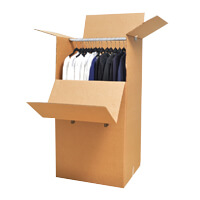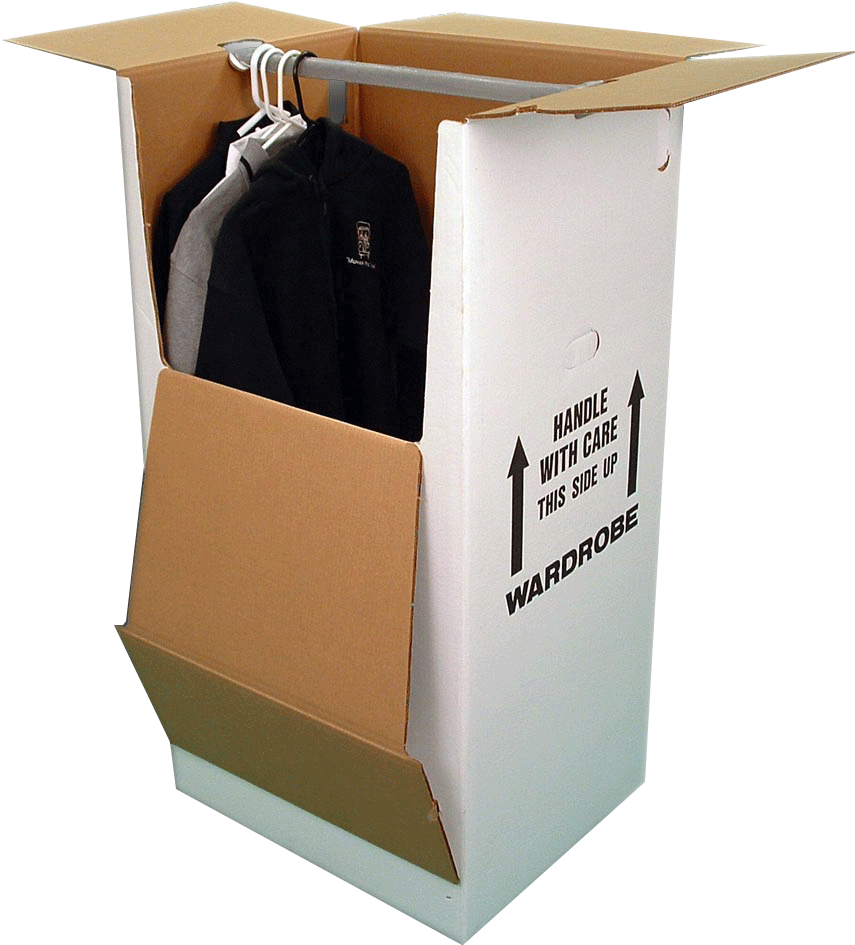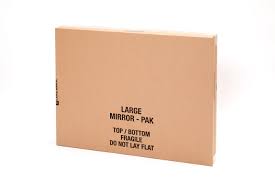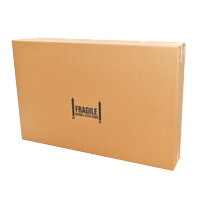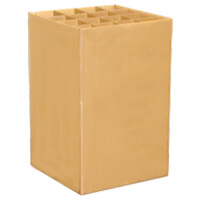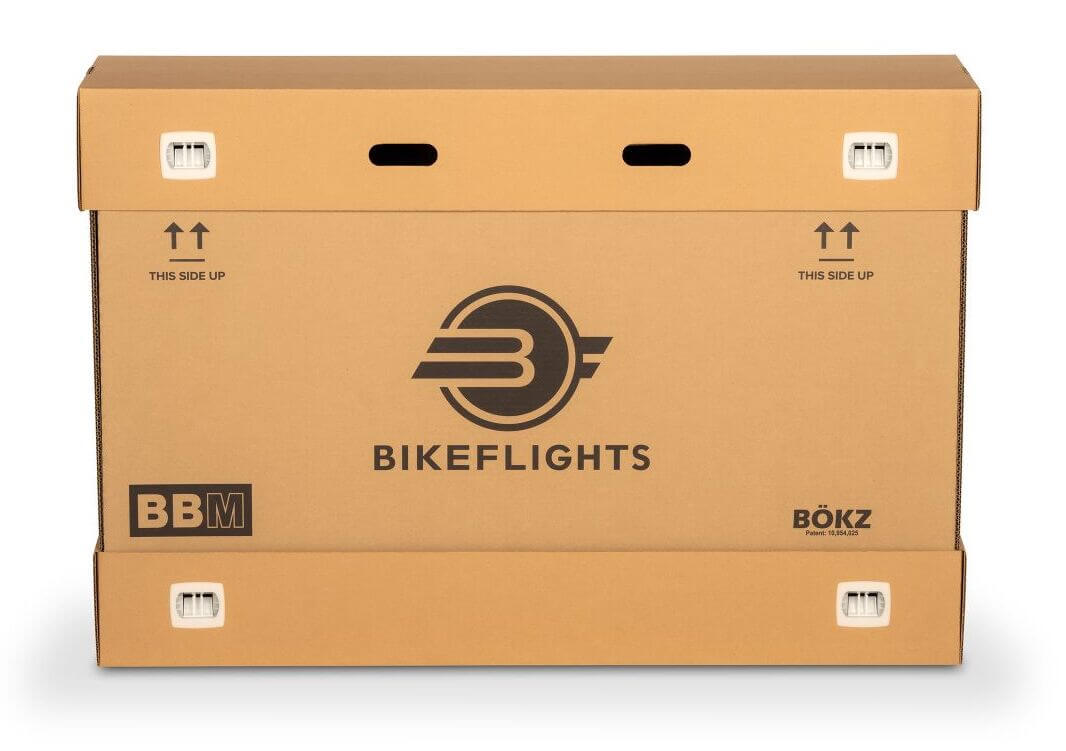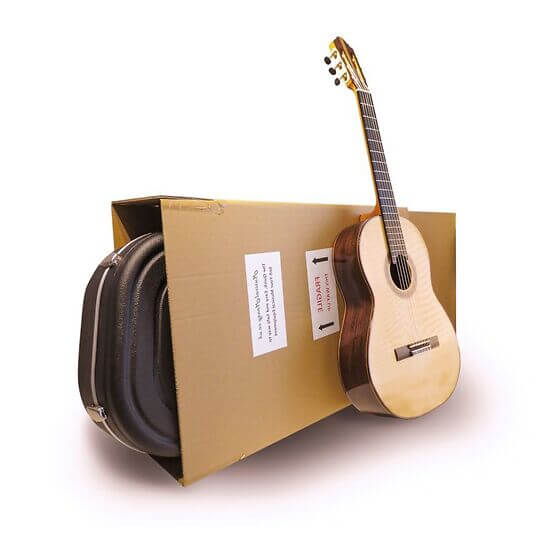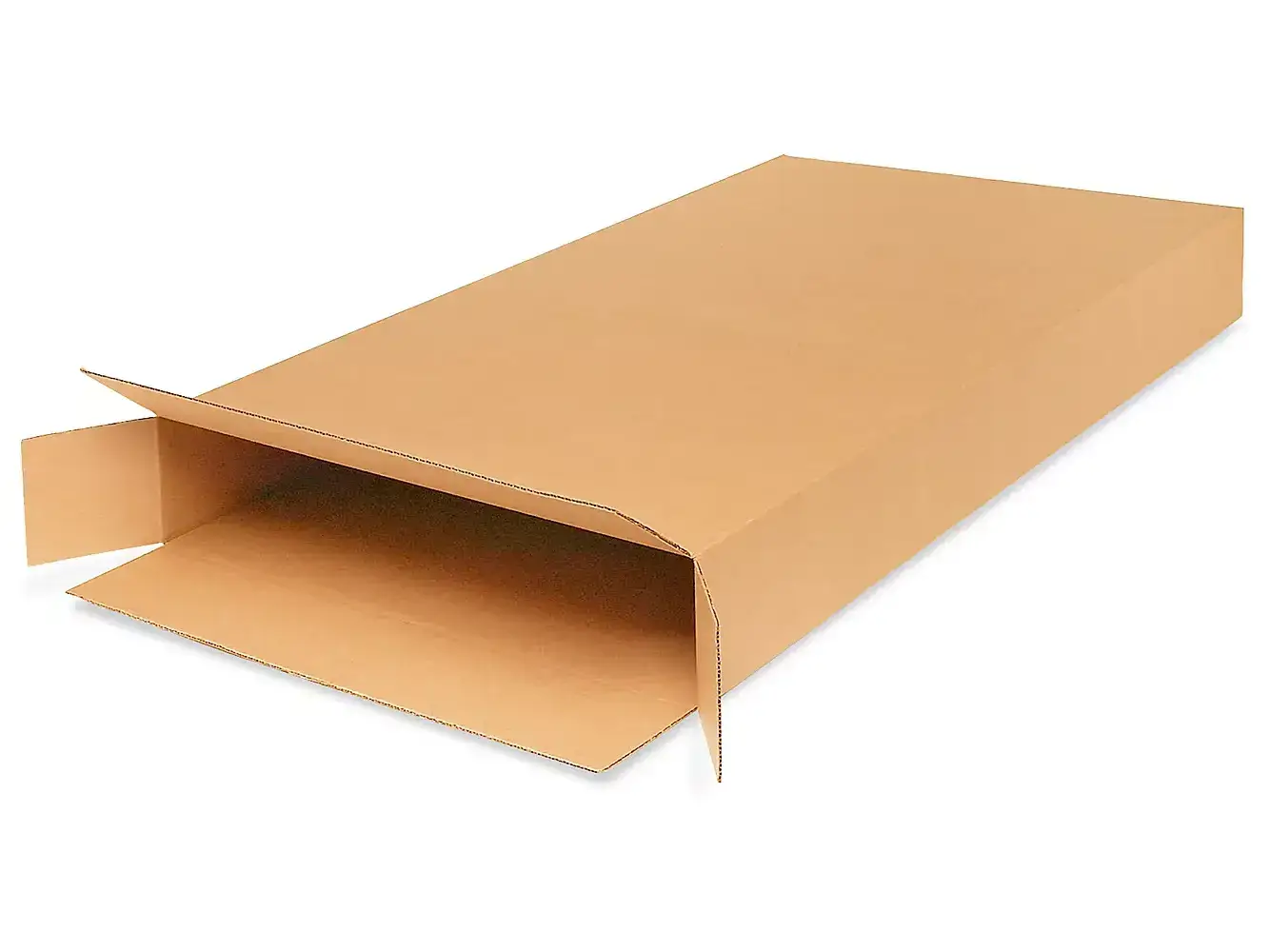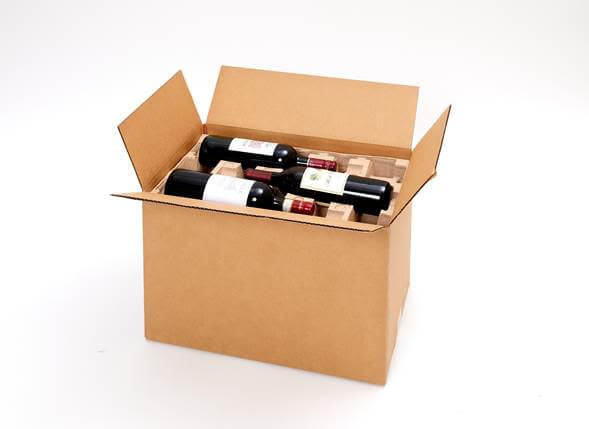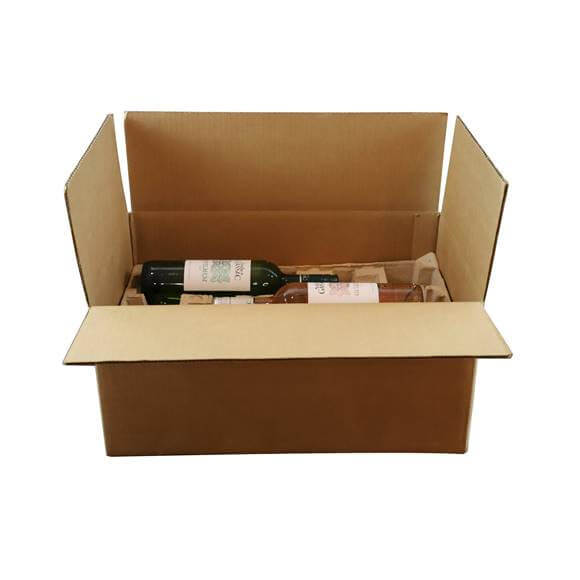resources
Uplift Movers provides you with everything you need to get properly packed and ready for your next move. Find all the resources in one place.
Packing Tips
- Fill your moving boxes to the top and use crumpled newspaper to fill in any gaps. Full boxes are much stronger than half-empty boxes.
- Label moving boxes properly. To stay organized, print off multi-colored packing labels or use different colored masking tape and give each room its own color. Label the contents of each box and include the room it should be placed in at your new home. Once arriving in your new home, use colored tape to mark entrances to rooms. This moving tip will save movers a ton of time, instead of needing to read the label explicitly or play the “room guessing game." They can just match color-to-color.
- Use packing paper to wrap your dishes, plates, cups, and china. Newspaper is much lighter in weight and does not protect dishes and can also leave ink stains. Professional packing paper is one of the most important moving supplies there is.
- When packing your hanging clothes, place a garbage bag around your clothes to help keep your clothes clean and dust-free before placing them in. Line the bottom of the wardrobe moving boxes with shoes and belts to maximize space. Lastly, you can use wardrobe boxes with wire hangers so you will have more space to hang clothes inside.
- Use plastic wrap to avoid leaks. Take care of anything that has the potential to spill. For instance, a shampoo bottle that seems tightly sealed outside of a box can somehow magically figure out a way to ooze over all your other belongings. In this case, keep all toiletries and liquids separate from dry items. Also, consider using plastic wrap as an additional seal between the bottle and the lid.
- Consider using mattress bags to protect your mattresses from dust, dirt, moisture, insects, heat, and damage.
- Shrink Wrap is a great packing material to wrap around your furniture to protect it from dust, dirt, and moisture. Movers typically provide this free of charge, but if you are renting a truck and doing this yourself, this can be a worthwhile investment.
- Use the correct size of moving boxes to properly support what you are packing. Many people mistakenly believe that BIGGER is better, which isn't true when it comes to moving or storing. They think they will save money by packing their home with the largest moving boxes they can find, which simply isn't true.
- Seal the bottom of the box before you put anything into a cardboard box. If you don’t, the bottom will flap over each other and the box could collapse when lifted. Never interlock the flaps of the box as it reduces the strength. Also, wait until the last minute to close all the boxes as there is always something else that you might be missing.
-
Set aside a box for essentials. Once you have
moved all personal belongings into your new home
and all the movers are gone, there is no way
you’ll finish unpacking that same night–you will
probably only be craving your bed. The essential
box should include items such as toothbrush,
pajamas, toilet paper, clean bedsheets, shampoo,
dishes, cups, flatware and dish cleaning
supplies. Moving can take a lot out of your
family, which is why creating a moving
essentials tote ahead of time is tremendously
helpful.
Large boxes (large linen) are typically used for lighter household items like comforters, pillows, bedding, and towels.
Large Moving Boxes Are Not Advisable for Many Items:
- If you pack your belongings in too large of moving boxes, you will increase the likelihood of your belongings moving around inside and breaking.
- Movers cannot transport boxes that are too heavy.
- Unpacking takes so much longer when you are sorting items that were all mixed together inside of big, massive boxes.
- Large moving boxes should only be used for big lightweight items.
Medium boxes (medium linen) are used for almost anything, as they won't get too heavy, yet they hold a lot. They’re typically used for handbags, purses, folded clothes, shoes, kitchen appliances, full sets of sheets/linens, toys, pots and pans, games, housewares, and non-breakables.
Small boxes (book boxes) are typically used for books, CDs, DVDs, tapes, bottles, photo albums, utensils, cutlery sets, and other heavy items.
Dish boxes are typically used for china, antiques, vases/tea pots, and other breakables.
Lastly, wardrobe boxes are the perfect way to transport your clothes, shirts, suits, pants, skirts, gowns, and coats directly from your closet to the moving boxes.
Popular Boxes
Moving Tips
-
Decluttering, first step!
For stress-free packing, start with decluttering. It is a great time to set up a garage sale and/or sell items on social media apps. Clearly mark and set aside items you don't want to get loaded into the truck. It will help the movers on moving day.
-
Sort everything by category
Optimize the space in the boxes and organize everything by category: Books, clothes, fragile items, picture frames, etc.
-
Don't pack everything!
There are some items you should NOT pack or take when moving, either not recommended to pack yourself or not allowed by regulation. Some people have had to learn what not to pack the hard way. This advice will prevent you from making the same mistakes.
What movers should not pack or move.
If you pack your apartment or if we do the job, these things should not be packed into boxes or planned for the move:
- Cash
- Coin, stamp, or sports collections
- Jewelry
- Firearms (consult local laws) or ammunition
- Flammables like Gasoline, lighter fluid, propane cylinders, fireworks, household cleaning supplies, and cans of paint
- Personal papers like birth certificates, tax returns, bank statements, deeds, and policies
- Irreplaceable family photos and/or any other irreplaceable and sentimental items
- Check with local enforcement if a parking permit is required. If you do require a permit, it is best to arrange one ahead of time with your city. If you live in a congested area and do not require a special permit, block off a parking spot outside your building (e.g. have friends park in a row along the street and do not move until the truck arrives). The closer the truck can get to your house, the more efficient, smooth and fast the move will be, and you may save some money too! In addition, some buildings require you to reserve a specific time to use the elevator for your move. Make sure to arrange this ahead of time with your landlord or building manager.
-
Make it safe and easy for your movers to get in
and out of your house by removing all
obstructions from walkways and stairs:
- Move potted plants and planters from front porch, walkways and driveways
- Remove all door and floor mats
- Remove all rugs
- Remove low hanging items such as wind chimes or hanging plants
- Disconnect the spring on the screen door or prop it open during the loading process.
-
During the walkthrough with the movers, point
out items that are special to you. All of your
items will be handled professionally but take a
moment to show them which ones are of particular
value. Another useful moving tip is to point out
any boxes you would like to have unloaded first
at your destination (for example, kitchen and
bathroom items or children's toys).
- Make sure you understand all the paperwork you sign before the driver leaves. If you find something confusing, ask your driver or contact your moving coordinator to explain it before you sign it.
- Take one last sweep of the house before the driver leaves. Look through your moving checklist and in all closets, shelves, in the garage, attic, crawl space, storage unit, under the stairs, on the walls and any other place things may be hiding. You do not want to find out, after the driver is on the way, that something was left behind.
